Converting Watt Hours to Milliamp Hours A Simple Guide
Defining Watt Hours
Watt hours (Wh) are a measure of energy. They indicate the amount of power (in watts) that a battery can supply over one hour. For instance, a 10Wh battery can theoretically provide 10 watts of power for one hour, or 1 watt of power for 10 hours.
Defining Milliamp Hours
Milliamp hours (mAh) measure the charge capacity of a battery. It indicates how much current (in milliamps) a battery can provide over a specific period. For example, a battery rated at 2000mAh can supply 2000 milliamps of current for one hour.
The Relationship Between Wh and mAh
The two units are interconnected through voltage (V), which is the driving force behind the electrical current. The formula linking them is:
This equation helps us understand how the energy capacity (Wh) of a battery is distributed as charge capacity (mAh) at a specific voltage.
- Why Convert Watt Hours to Milliamp Hours?
- How to Convert Watt Hours to Milliamp Hours
- Common Scenarios for Watt Hours to Milliamp Hours Conversion
- Challenges in Conversion
- Tools for Easy Conversion
- Advantages of Understanding Watt Hours and Milliamp Hours
- Practical Tips for Battery Users
Why Convert Watt Hours to Milliamp Hours?
Comparing Battery Capacities
Understanding watt hours and milliamp hours allows for better comparison of battery capacities, especially when dealing with devices that operate at different voltages.
Choosing the Right Battery
If you're selecting a replacement battery or designing a system, converting watt hours to milliamp hours helps ensure compatibility with your device’s voltage requirements.
Managing Power Consumption
Knowing the mAh value provides insight into how long a battery will last based on the current drawn by a device.
>>See also How Long Can A 36V Lithium Battery Endure
How to Convert Watt Hours to Milliamp Hours
Step-by-Step Guide
- Determine the Watt Hours: Identify the battery's energy capacity in watt hours. This information is usually labeled on the battery.
- Find the Voltage: Locate the nominal voltage of the battery. Common values include 3.7V for lithium-ion batteries and 12V for lead-acid batteries.
- Apply the Formula: Use the conversion formula to calculate the milliamp hours.
Example Calculation
Suppose you have a battery rated at 20Wh with a nominal voltage of 10V. The calculation would be:
This means the battery has a charge capacity of 2000mAh.
Common Scenarios for Watt Hours to Milliamp Hours Conversion
Portable Electronics
Many gadgets, such as smartphones and tablets, specify battery capacities in mAh. Converting from Wh helps understand their energy reserves.
Power Banks
Power banks often list capacities in both Wh and mAh. Conversion ensures compatibility with your devices.
Solar Energy Systems
Solar setups require precise calculations to ensure batteries can store enough energy to power devices for desired durations.
Challenges in Conversion
Voltage Variability
Batteries may operate at varying voltages during discharge. Using nominal voltage provides a close estimate, but real-world values may differ slightly.
Efficiency Losses
Energy loss due to inefficiencies in charging and discharging processes may affect actual performance. Always consider a margin of error.
Standardization Issues
Different manufacturers may round off capacities, leading to minor discrepancies in labeled and calculated values.
Tools for Easy Conversion
Online Calculators
Several websites offer watt hours to milliamp hours converters. Simply input Wh and voltage values for instant results.
Mobile Apps
Battery management apps often include built-in calculators for quick conversions.
Manual Calculations
A calculator and the formula are all you need for manual conversions when tools are unavailable.
Advantages of Understanding Watt Hours and Milliamp Hours
Optimizing Device Usage
Understanding these units helps you predict battery life and plan charging schedules effectively.
Reducing Energy Waste
Choosing batteries with optimal capacities prevents oversizing and unnecessary energy consumption.
Enhancing Safety
Proper calculations reduce risks of overloading devices or using incompatible batteries.
>>See also Differences Between Group 24 And Group 27 Marine Batteries
Practical Tips for Battery Users
Check Labels Carefully
Always verify the Wh and voltage ratings on your battery before making calculations.
Use High-Quality Batteries
Invest in reputable brands to ensure accurate specifications and reliable performance.
Maintain Proper Charging Practices
Avoid overcharging or deep discharging batteries to prolong their lifespan.
Converting watt hours to milliamp hours is a straightforward yet vital skill for anyone working with batteries and electronic devices. By understanding the relationship between these units, you can make informed decisions, optimize energy use, and ensure compatibility with your devices. Whether you're managing portable gadgets, designing power systems, or simply curious, this knowledge empowers you to harness battery technology effectively.
Embrace the power of energy conversion and unlock the potential of your batteries—understanding watt hours and milliamp hours is the first step toward smarter energy management!

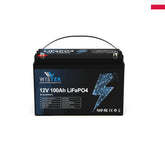
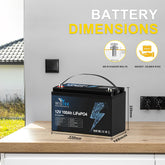

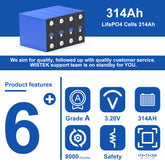


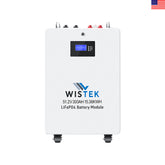
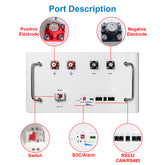
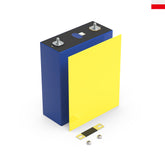

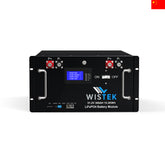
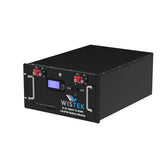
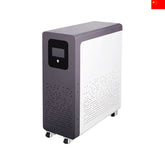

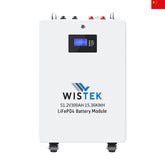
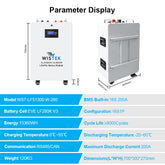


Leave a comment
All blog comments are checked prior to publishing